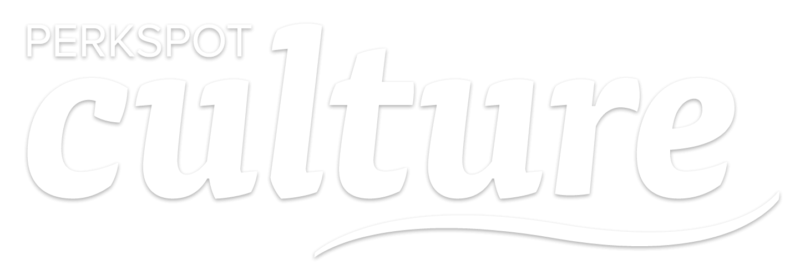The One Thing HR Leaders Do Every Day
You might be in the middle of Open Enrollment Season. You could also be working on some new initiatives for 2019. Maybe you’re ramping up for annual performance reviews. We get it. As HR professionals, you are busy.

In the midst of the chaos and day-to-day tasks that inevitably take over, it can be easy to lose sight of what’s truly important. That’s why we’re taking a time-out to discuss the one thing great HR leaders do every day, no matter what might come their way.
The one thing great HR leaders do every day is build relationships.
You’re in the business of humans, which means building deep, authentic relationships should be at the very core of what you do. According to Jim Mitchell, an executive coach, “Most leaders have been so busy building empires, they forgot to build relationships. Most think their job is to fix everything that is presented to them as a conundrum. But that’s not the job.” Beyond hiring and developing talent, improving retention, and creating strategies for engagement, there exists a very real need for true connections in the workplace.
Here are a few ways we can foster these relationships in practical ways:
Go beyond the surface.
Think about your relationships at work for a minute. Do they look and feel similar to your interactions at the grocery store or the gym? What do you know about your colleagues beyond what their calendar says? It’s easy to think that, as HR representatives, we should keep a safe distance from our colleagues. However, there is a healthy way to engage and interact with the people around us to improve employee engagement. In fact, in SHRM’s 2016 Employee Job Satisfaction and Engagement Report 77% of engaged employees said their relationships with coworkers was a top priority for them. Don’t be afraid to participate in non-work chatter and learn a little about the people around you. It can mean more than you know.
Listen.
How often do you utter the phrase “how are you?” without actually listening to the answer? Better yet, what about the non-verbal cues your colleague expresses? Do they actually seem “fine”, or is there looming anxiety beneath the surface? One of the best ways to engage in authentic relationships at work is to listen well. Listen to understand. Listen with purpose and intention. Listen with compassion and curiosity. You’ll be amazed at what you’ve missed in the past.
Be vulnerable.
While much of fostering great relationships involves paying attention to the other person, it is also important that we live by example. Practice vulnerability by being open with those around you. When someone asks how your day is going, don’t be afraid to tell them the truth. Obviously, as leaders, we have the responsibility to maintain positivity so we aren’t giving you permission to unload all your complaints. However, there is a way to be vulnerable, honest, and transparent that creates a safe space for your employees to share. Tell them how your project is going and what challenges you’re facing. You may appreciate the sounding board and they’ll start to view you as a little more human.
Recognize their achievements.
If you think about your relationships outside of the workplace, we know the value of saying “thank you” when your friends bring over a gift or when your spouse makes dinner. So why is it that inside the workplace, we view recognition as an after-thought? As you seek to foster meaningful relationships, we cannot leave out this key component for great relationships. While it all starts by listening and paying attention to your employees and colleagues, you should also remember to recognize their efforts. Just because they’re taking home a paycheck doesn’t mean they don’t need to hear a thank you every once in a while.
As you’re making your to-do list or wrapping up a project, remember that being an HR professional is not possible without also being human. Engage with the people around you and work to build better relationships this week.













